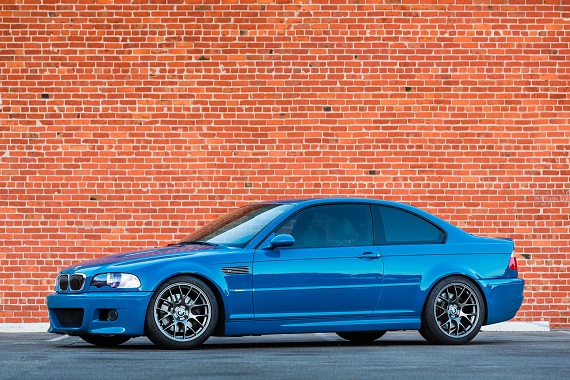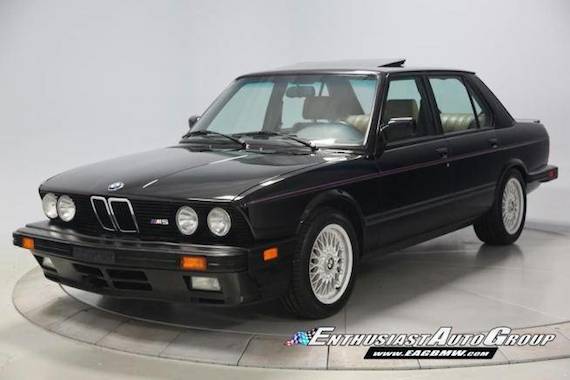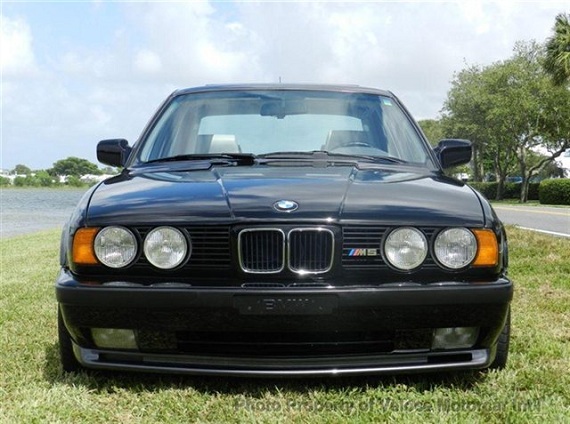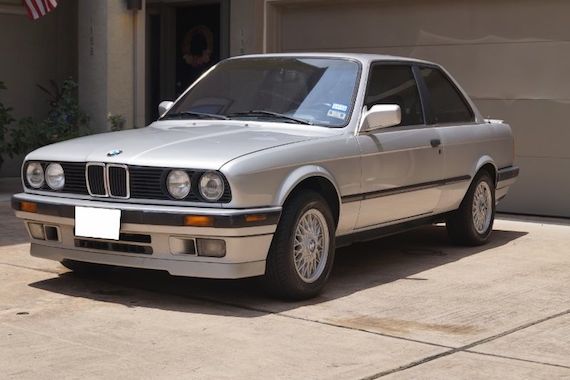I get that the wild colors offered by BMW on the E46 M3 don’t appeal to everyone, and I’m aware they tend to be the colors I focus on. What’s special about them to me is that they exist at all; you don’t have to agree that they’re the colors you’d buy, but isn’t the world a better place for them having been made? If I bought a M3, I’d really want to feel special. Of course, getting into any M car is a special experience, right? Well, it certainly was a bit of an occasion in the 1980s, but by the E36 and E46 M3s, production numbers meant they were reasonably common. With over 71,000 E36s made and over 85,000 E46s produced, odds of you seeing another going down the road are pretty strong. Heck, in my daily commute I count on seeing at least one – try that with an older M car. But what I see daily are typical German car colors; blacks, silvers, greys and whites. They look nice, I agree, but to me the appeal is what the M cars were in the 1980s – an event. It’s not so much that I want to be noticed, but more that I want to stand apart from the crowd. And to me, Phoenix Yellow and Laguna Seca Blue are two of the best ways to differentiate your M experience from the norm. Today, there’s a lovely example of the later available on eBay:
Tag: BMW
The Euro’d E28 M5 with just 62k miles Carter wrote up last week went for a reasonable $21k, showing that the market for M5s is strong but not skyrocketing. Extra-low mileage examples are few and far between, and today’s 28k-mile example is being sold by the notoriously high-pricing Enthusiast Auto Group. Forum guesses put the price as high as $80k, which may be what EAG is asking but is not what they’re going to get. While it certainly looks like a sheltered, sub-30k mile creampuff, the door-card speakers are a strikingly bad choice. Low mileage is great, but without full originality I don’t see the point.
Click for details: 1988 BMW M5 for sale at Enthusiast Auto Group
3 CommentsAs has happened with other series of cars, such as Audi S4s, there are currently several generations of BMW M5s that are converging on value, leaving you with some hard decisions as to which you’d prefer. Indeed, from their start through the E60 M5, the sports sedan got larger and heavier, but gained 2 cylinders per generation and corresponding power levels. The E34 BMW M5 was a refinement and softening of the E28 original design but kept the race-bred S38 inline-6. Purists eyebrows raised when the new E39 M5 launched with a 5 liter V8, but the 400 horsepower soundtrack has subsequently has become a serious legend and fan favorite. Purists once again held their breath as the E60 M5 launched, now with a 5 liter V10 – a high revving, howling banshee of a motor. All of them are serious forms of motivation, and the value of the first 4 generations are all coming into line. While I wasn’t able to find a good example of an E28 M5 for this writeup, I have the subsequent three generations to check out – which would you choose?
CLICK FOR DETAILS: 1991 BMW M5 on eBay
6 CommentsThe numbers would suggest that there are many better performance options than the BMW E31. Even in top-spec CSi trim, there are faster, flashier cars that are available for less – sometimes much less. For example, you could have a much quicker 996 Turbo today for less money than the asking price of most CSis. Indeed, if you’d like to save a lot of money, there are other options too; countless AMG Mercedes, 928s – even a stray E24 M6 will give the CSi a run for its money. But the combination of style, presence and the promise of exclusivity have their own draw much as they do with other notorious under-performers, such as the Grand Touring Ferraris. Can you buy a Corvette that’s faster? Yes, but that’s not the point. However, the CSi is still a lot of money for most people to consider, especially for an occasional car. Back down your expectations a notch, though, and you can get 85% of the CSi if you look in the early 850i 6-speeds:
CLICK FOR DETAILS: 1992 BMW 850i on eBay
Comments closedA new hunt of mine is finding affordable E30s with solid potential. The cleanest of the quintessential sports sedan have become quite valuable, but there are still some reasonable examples lurking out there. The “s” models, in both “eta” and standard “i” form, provide outstanding handling with varying levels of power. One path for finding inexpensive classics is being open to high-mileage survivors, of which we have two today. Both have well above 200k miles and the “s” package, but one has the venerable 2.5 liter inline-6 while the other comes with the larger-and-slower 2.7l of the 325e. E30s are ripe for many engine swaps, from stock to extreme, so buying a low-price, high-mileage example provides a great foundation for a project.




